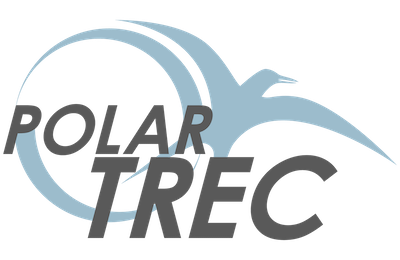Welcome to the Virtual Base Camp!
PolarTREC expeditions to the Arctic and Antarctica can be found here starting in 2007 through 2023. Journals, photos, and information about each expedition can be found by following the links to all the expeditions. Use the Expedition Search feature to narrow your choices or find a particular expedition or region. Use the Members feature to find teachers and researchers involved with PolarTREC expeditions.
Another interesting perspective for viewing expeditions are Projects. Projects are expeditions that had teachers for more than one year. You can learn more about the science and see all the teachers and researchers involved in the research project over two or more years. You can also access all the related project resources (presentations, lessons, PolarConnect events, etc.) related to the projects.
